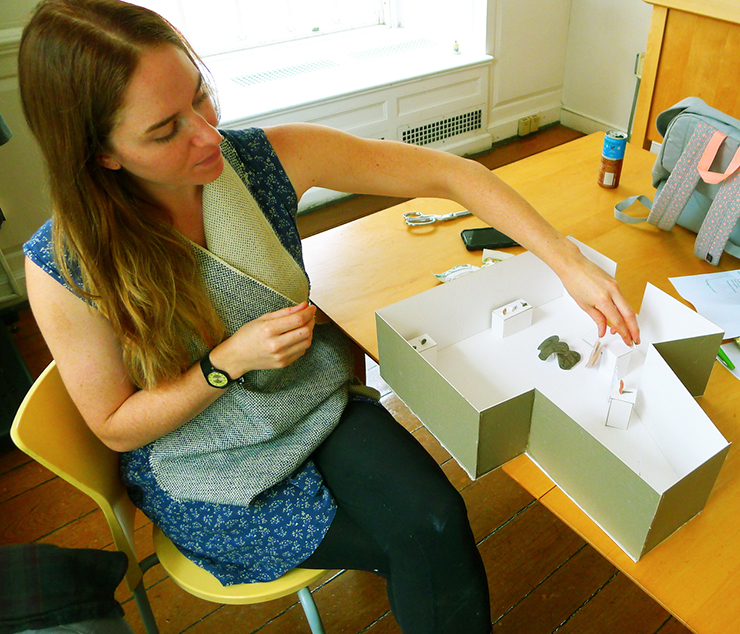Dr. Seann Mulcahy, associate professor of chemistry, takes an outside view when analyzing the value of his initial National Science Foundation (NSF) grant.
The first faculty member in the Providence College Department of Chemistry and Biochemistry to earn an individual NSF grant, Mulcahy is thrilled by what the honor means to his department and the research students he mentors.
The $191,371 award from the NSF’s Chemical Synthesis Program will fund collaborative research on Mulcahy’s project, “RUI: Synthesis of Isomeric Carbolines by Tandem Palladium Catalysis.” The three-year grant, which runs through August 2019, is the most significant research award Mulcahy has received to date. It builds on previous awards from the National Institutes of Health’s Rhode Island IDeA Network for Excellence in Biomedical Research program, the American Chemical Society, and the Rhode Island Foundation.
“We are collaborative scientists in chemistry,” he said. “We necessarily involve undergraduates in our scholarship. It is important to provide funding for them to conduct research in our labs.” He emphasized that colleagues in his department “are passionate about what we do” and that awards like the NSF grant are integral to faculty research and undergraduate opportunities.
Mulcahy explained that the NSF’s focus is on “high-impact science” that carries broad applicability for other researchers, students, and for society. NSF grants provide “a training mechanism for students. Research fits into a larger set of goals. Liberal arts institutions like Providence College are positioned for that.”
Mulcahy’s project currently involves five students, who receive credit during the academic year. Funding also will cover research by two students each summer.


